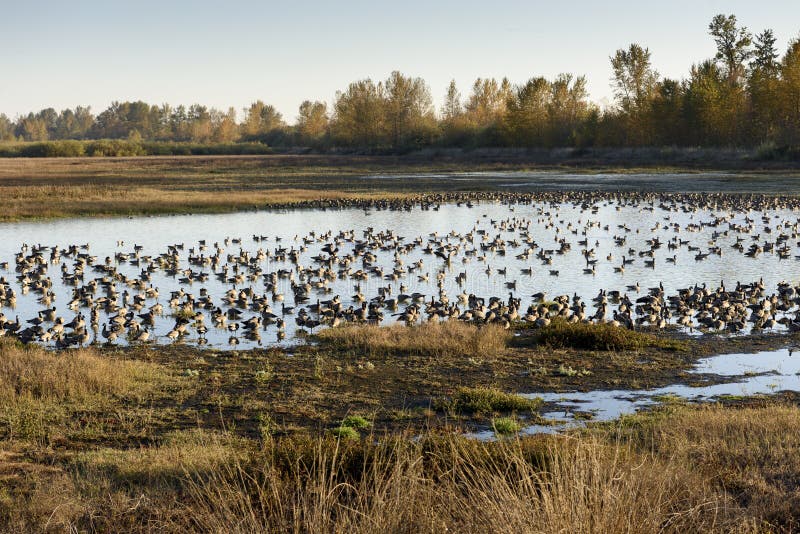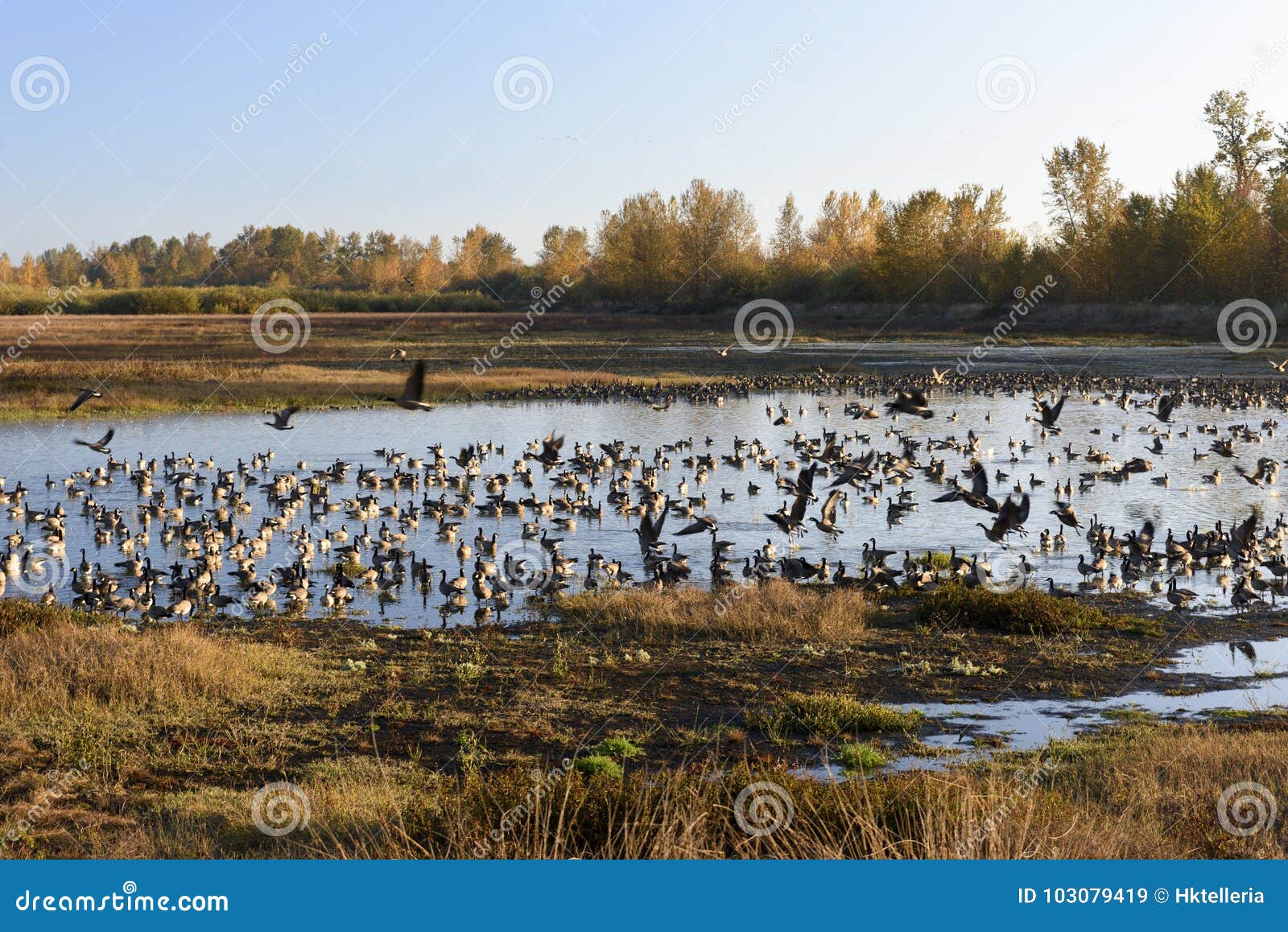

More southerly breeding populations don’t migrate as far. Geese from the most northern populations travel to the farthest south. Rather than migrate nonstop to their wintering grounds, many geese travel in stages, pausing at traditional stopover sites to rest and regain lost fat. Vicki Jauron, Babylon and Beyond Photography/Moment via Getty Images Many geese head to the coast and then navigate south along the shoreline. To reduce the effort, geese fly at night when the air is calmer, or in the day when there’s a helpful tailwind they avoid flying into a headwind that would blow them backward. Geese work very hard during migration flights. All this flapping for a heavy bird takes a lot of energy.

Geese are heavy birds, and they fly fast – over 30 miles per hour – using powerful wing beats, rather than gliding like eagles or vultures.
Flocks of geese movie#
People who have raised and socially bonded with geese have even taught the birds new migration routes by leading them in an ultralight aircraft – as in the movie “ Fly Away Home.” Young geese learn the migration route and landmarks by following their parents and other experienced geese. Geese have a physical compass in their head that allows them to tell north and south by detecting the Earth’s magnetic field. They may also use celestial cues such as the sun and stars. Geese navigate based on experience, using landmarks including rivers, coastlines and mountain ranges. Geese fly by day or night, depending on factors like weather conditions or brightness of the moon. Single families of geese, or flocks of several families together, take off and head south. Maybe you’ve observed flock members signaling they’re ready to go: They honk loudly and point their bills toward the sky. Once conditions become so tough that they can’t find enough to eat, geese migrate. They usually remain in their summer range until the weather is cold, water starts to freeze, and food gets hard to come by. They migrate continuously, except for short stopovers to fuel up on insects, fruit, or seeds before continuing on their way.Ĭanada geese and other migratory geese species are different.
Flocks of geese how to#
Most migrate at night, individually rather than in flocks, and they know where to go and how to get there without guidance from parents or other birds. These birds, such as swallows, orioles and warblers, leave their northern breeding place before weather turns harsh and food becomes scarce.

For most bird species that migrate from temperate climates to the tropics in winter, migration is instinctual. There are two different types of bird migration. Jennifer Yakey-Ault/iStock via Getty Images When it’s time to go Geese fattening up by eating some underwater foods.


 0 kommentar(er)
0 kommentar(er)
